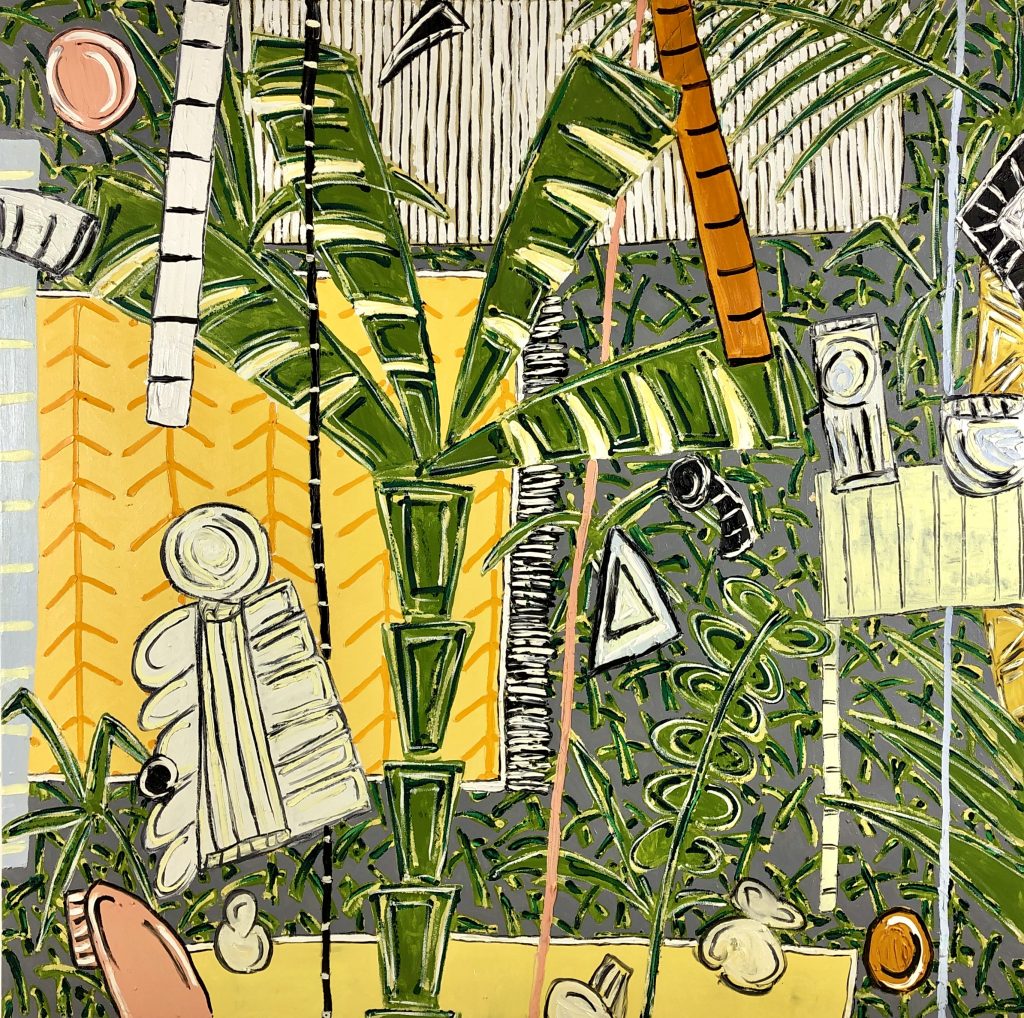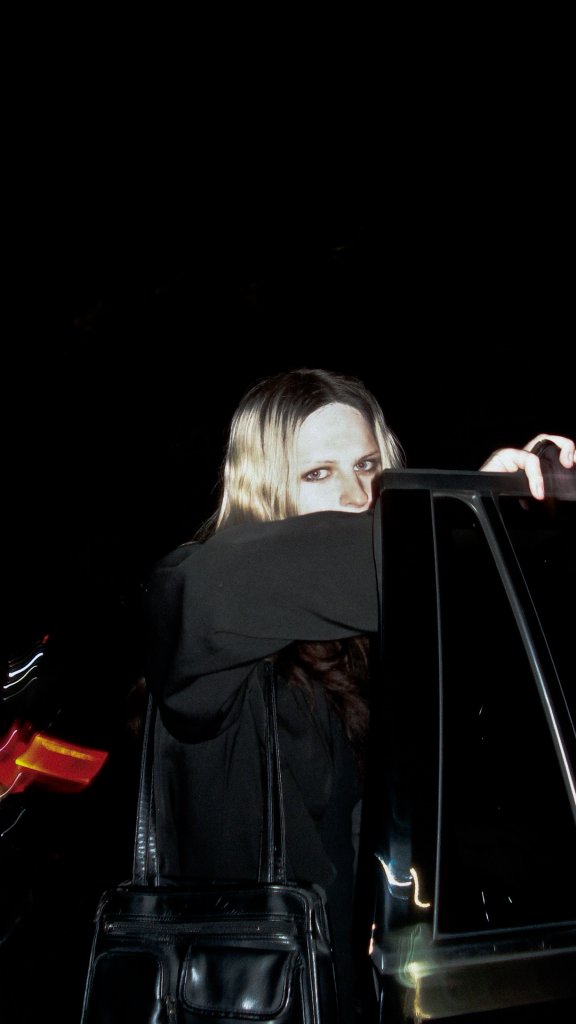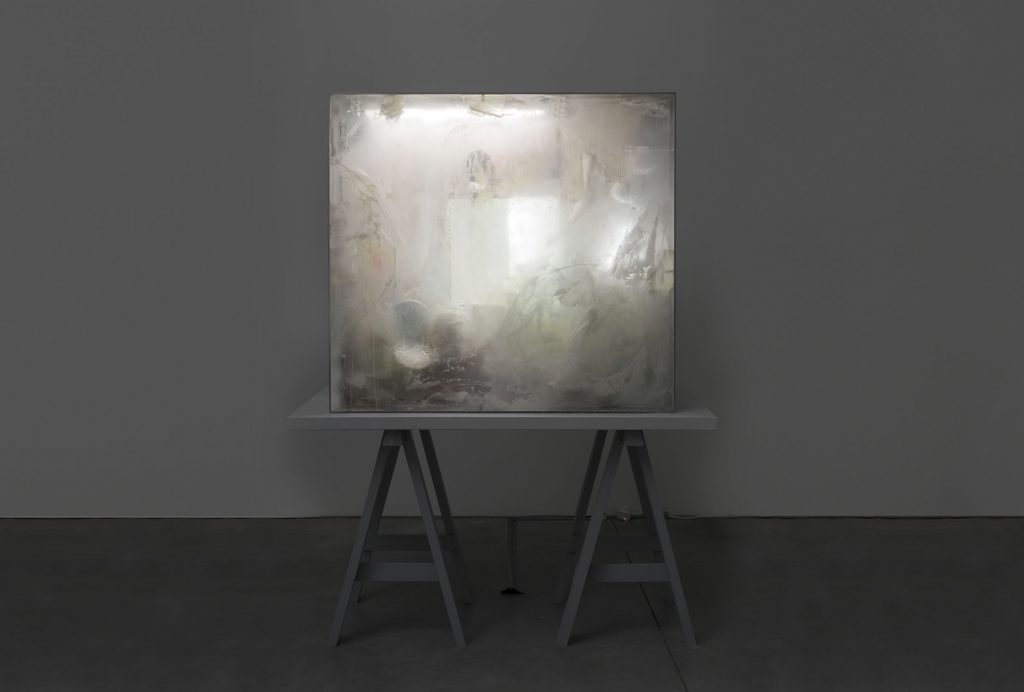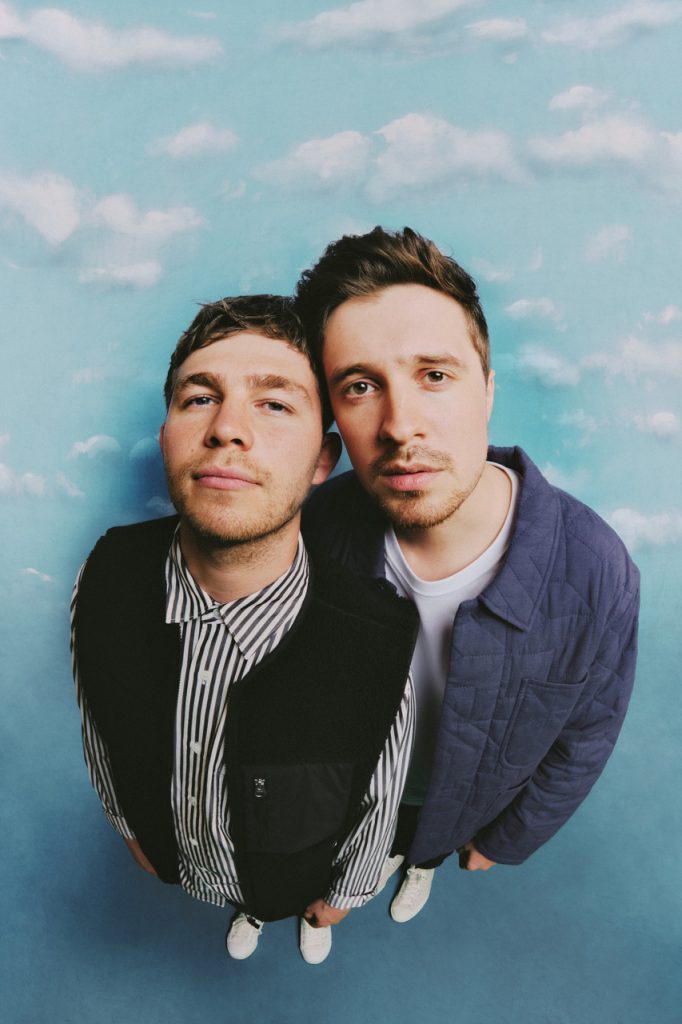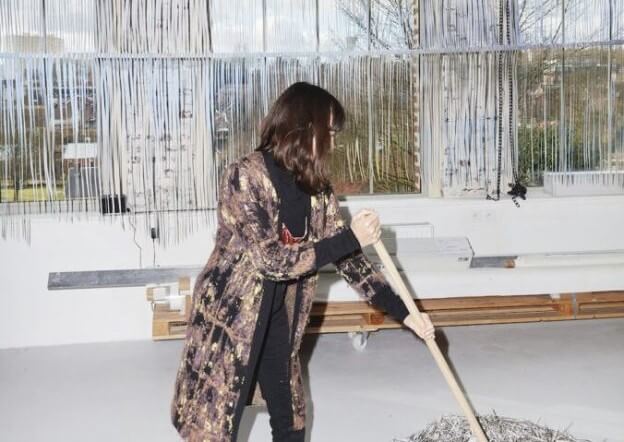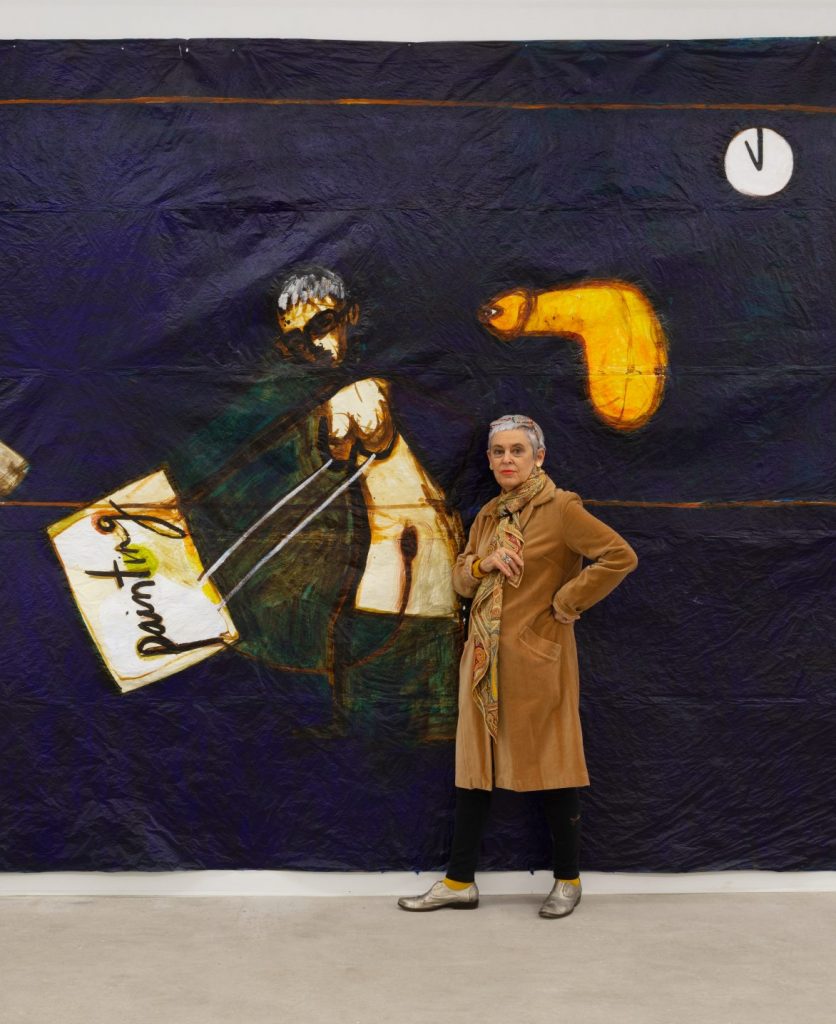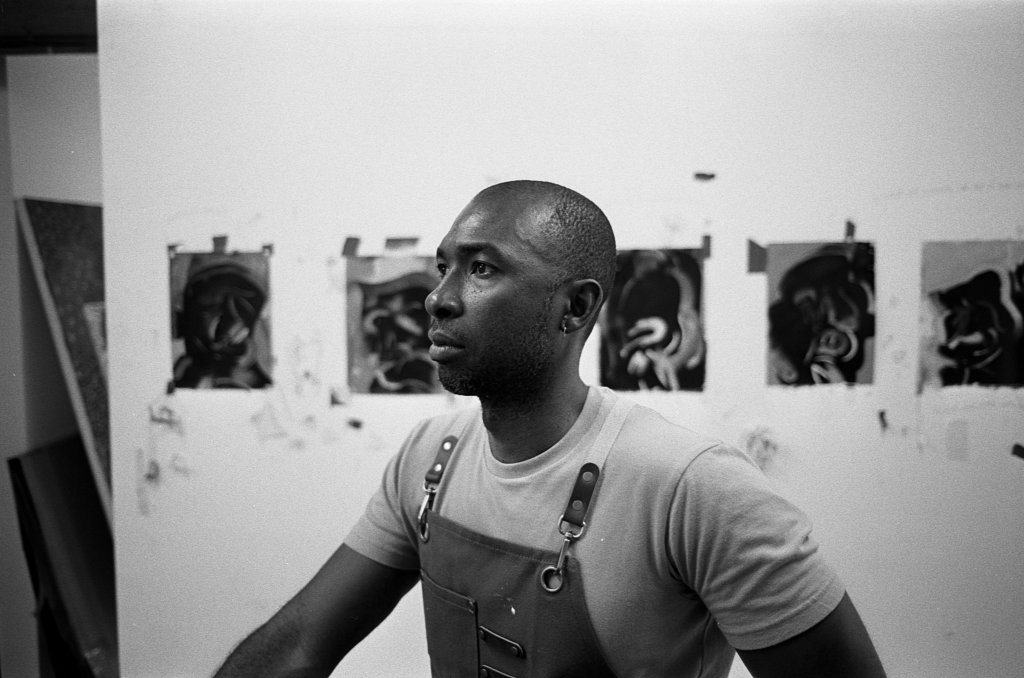Ben Edmunds and his Aspirational Equipment
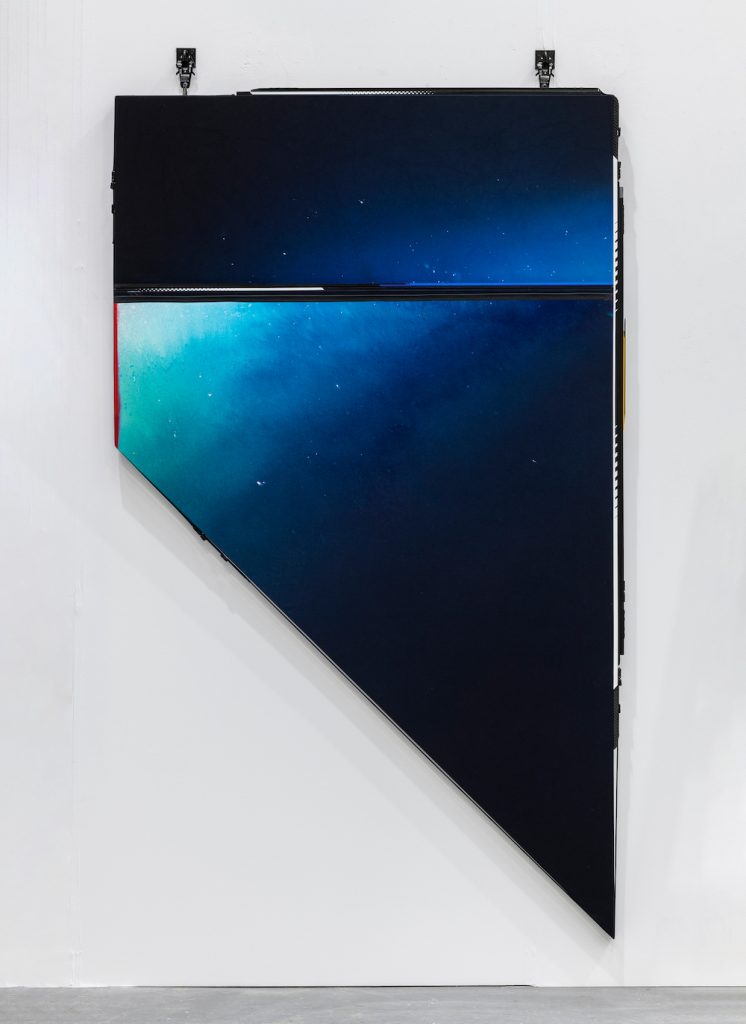
When Ben Edmunds began thinking of where he wanted his life to lead, there was not one clear answer. Rather, a list of things he did not want to do. As time progressed, he began ticking off things that he knew he ‘definitely did not want to do’ and soon found one constant that remained: art. Finding his niche within this world appears to have evolved in much the same way. There was no ‘tactical plan’, but a process of discovery of what he liked, combined with being in the right place, at the right time. Edmunds was born in Norwich, UK in 1994. He earned his BFA in Painting from the Wimbledon College of Art in 2016, going on to his MFA in Painting from the Royal College of Art (RCA) in 2018. His most recent solo exhibition Where should I go from here? was mounted at the Kaikai Kiki Gallery in Tokyo, founded in 2008 by contemporary art pioneer Takashi Murakami. He was the winner of the Hine Painting Prize in 2018 and has shown his work at venues in Amsterdam, Milan, Shanghai, Cologne, New York and London. FRONTRUNNER talks to London-based emerging artist Ben Edmunds about his journey of discovery.
Can you give me a brief introduction of yourself and your work?
If we are what we buy then recent purchases include a nail gun, the new Ben Lerner novel, a narrowboat and two Frog clip carabiners. If we are what we listen to, then on heavy rotation in the studio is Yo La Tengo, Little Wings and Bill Callahan. If we are what we eat, then I just had a Boots meal deal. Christmas triple – very nice.
A brief dinner party introduction to my paintings is “an unusual combination of colour field and extreme sports”. A bit reductive maybe (the statement I mean). They’re paintings made for the modern day desirer, the adventurer looking for a mountaintop, the middle aged man looking for an escape, the artist looking for a meaning. Always longing, always searching, paintings like expansive skies and deep oceans, framed by made-up exploration devices of carbon fibre, shock cords and buckles.
Alongside the paintings is the Aspirational Equipment: an ever growing series of more sculptural artworks made to feel like tools. I like the idea of an artwork as a navigation device, and these sculptures – as well as upcoming collaborations – help me explore this.

Another second closer (2019)
Fabric dye and acrylic on canvas with spinnaker tape, artist’s frame and custom straps
220 × 130 cm
Courtesy of the artist and Choi & Lager Gallery, London/Cologne/Seoul
What first drew you to art and eventually becoming an artist?
Well I never had the epiphany with the sunflowers. And I never cried at a Rothko. In fact I don’t think I was even interested in paintings at all until I started art school. But art was always there as I ticked off other things I definitely didn’t want to do with my time. So eventually it was all I was left with and I’m really very grateful it panned out that way.
As someone relatively new out of university, what would you attribute your early success in the art world to?
I didn’t have a tactical plan for kickstarting the career out of university, it was a right work/right place/right time kind of thing that helped the paintings get noticed. For the degree show at RCA, I made these three distinct paintings that were quite different from what else I’d been making for the two years of the course. It felt bold and exciting to show them, since they were so minimal and I had little understanding of them myself. But crucially, I felt that I had finally arrived at something that was my own, and I was more comfortable showing this than some slick, airtight, derivative rubbish.
Spending every day at the degree show enabled me to meet a lot of people, some new friends and some who continue to be useful contacts. I was then super lucky that Takashi [Murakami] came across the work on Instagram (maybe highlighting the importance of keeping good documentation of your work) and because it was something new and of the current moment, he bought a lot of it and offered me the show at his gallery. In the run up to the exhibition, he also took me to Frieze and Art Basel and that’s what has set the wheels in motion for me.
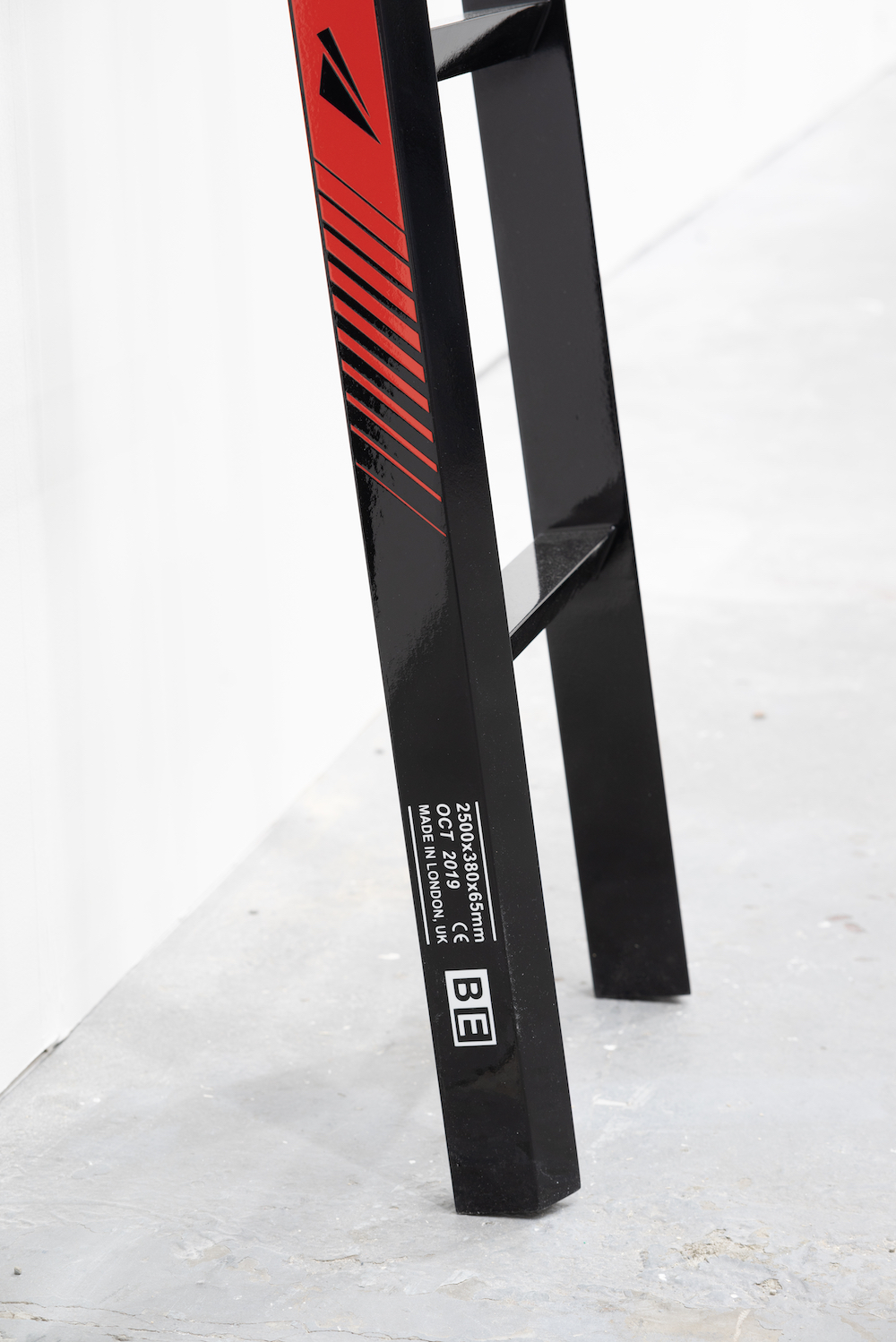
Aspirational Equipment (7 Step Ladder), 2019
Gloss paint and vinyl decals on wood
250 × 38 × 6.5 cm
Courtesy of the artist and Choi & Lager Gallery, London/Cologne/Seoul
How would you say your time at university has shaped your artistic practice?
Having gone straight into my masters from my undergraduate, university for me was a five year stretch of art school. The first three years was spent learning about making paintings on a painting specific course, and slowly discovering what it would mean to pursue this as a career. It’s where I became a painting nerd, made a really good friend, annoyed a few people and fell in love with Laura Owens. The two at RCA however, had a much greater intensity, where people had (mostly) made a commitment to their practice and I had to find my own voice. I made more friends and hopefully annoyed fewer people and stopped loving Laura Owens.
It was a big mission of mine whilst at the RCA to develop a practice that felt like my own. I’d never had a technical issue with making paintings, but they were always derivative: versions of the work I admired already out there in the world. But as the course neared the end, I suddenly made these three degree show paintings I mentioned before. They felt very much like my own and the work I’ve been making since feels very much like part of a series that started then.
Where do you draw your inspiration for your work from?
On an aesthetic level, I take a lot of inspiration from sports equipment and sportswear, especially the materiality of the tools and their graphic design. I grew up in a sailing community, and spent a lot of time sailing and windsurfing – this has shaped my visual language. Bringing this world into the world of abstract painting is a very niche, but exciting proposition for me. More recently, I have become an adidas influencer and this is helping me dig deeper into the ethos of a sports brand and informing the practice in new ways. Interested in the idea of reaching for something, sports brands have always fascinated me, built on a language of striving, stretching, training and achieving.
Beyond the aesthetic however, I want my work to have a certain feel to it. Something optimistic but intense, happy but melancholy. A lot of music does with very well, but I’m also drawn to holiday posters for the same reason: the beauty of the seascape only highlighting how far from the ocean you are, or how distant your memory of it has become.
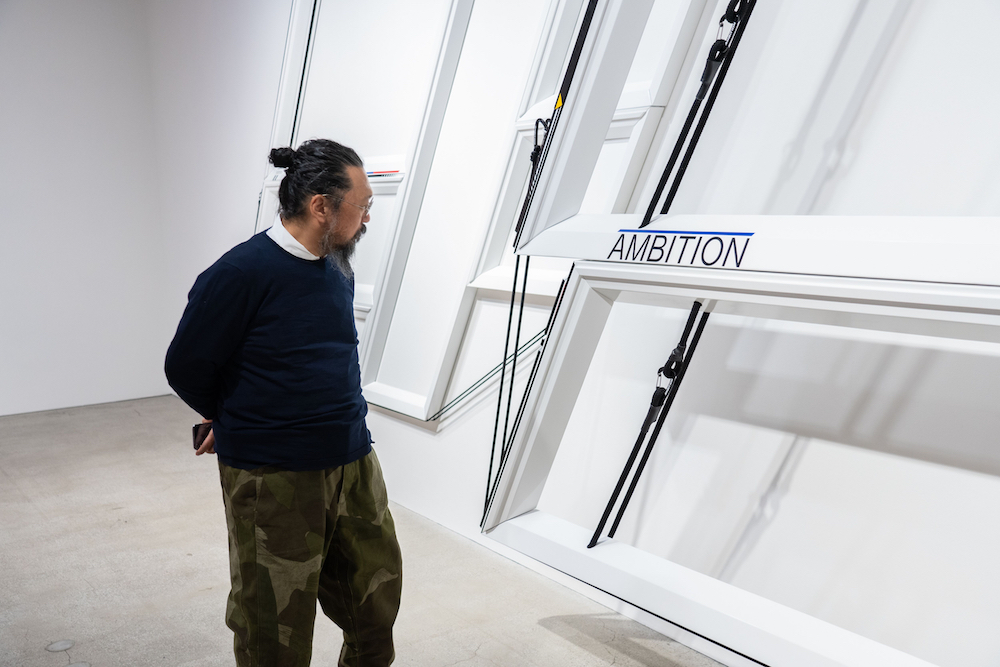
Courtesy of Kaikai Kiki Gallery, Tokyo
What artist have you personally drawn inspiration from and why?
There have been many, but one that comes to mind is Ed Ruscha. His mountain paintings are incredible. They have this Ballard-esque sucker punch, of the beautiful serene and the deeply disturbing. I like the way he uses landscapes as an image, vignetted or overlaid with text, more of a picture of a mountain for an advert than an attempt to paint the mountain itself. This level of removal is something I’m often thinking about in painting, a distance from reality but an outstretched hand towards it. I find them really moving.
What common themes can be seen in the body of work that you create?
In my little boat I sail towards an elusive horizon. I think I can see the future, over there! Obscured by distance like heat in the desert, I squint my eyes and press towards this hazy land. There is always more distance and more future to find. Another ending becomes another beginning and I continue to sail my little boat. Days pass by me like waves, and at night the future is lit only by the moon. I hope one day I reach that horizon. I imagine Sisyphus happy, and smile a strange smile as I continue to sail my little boat.
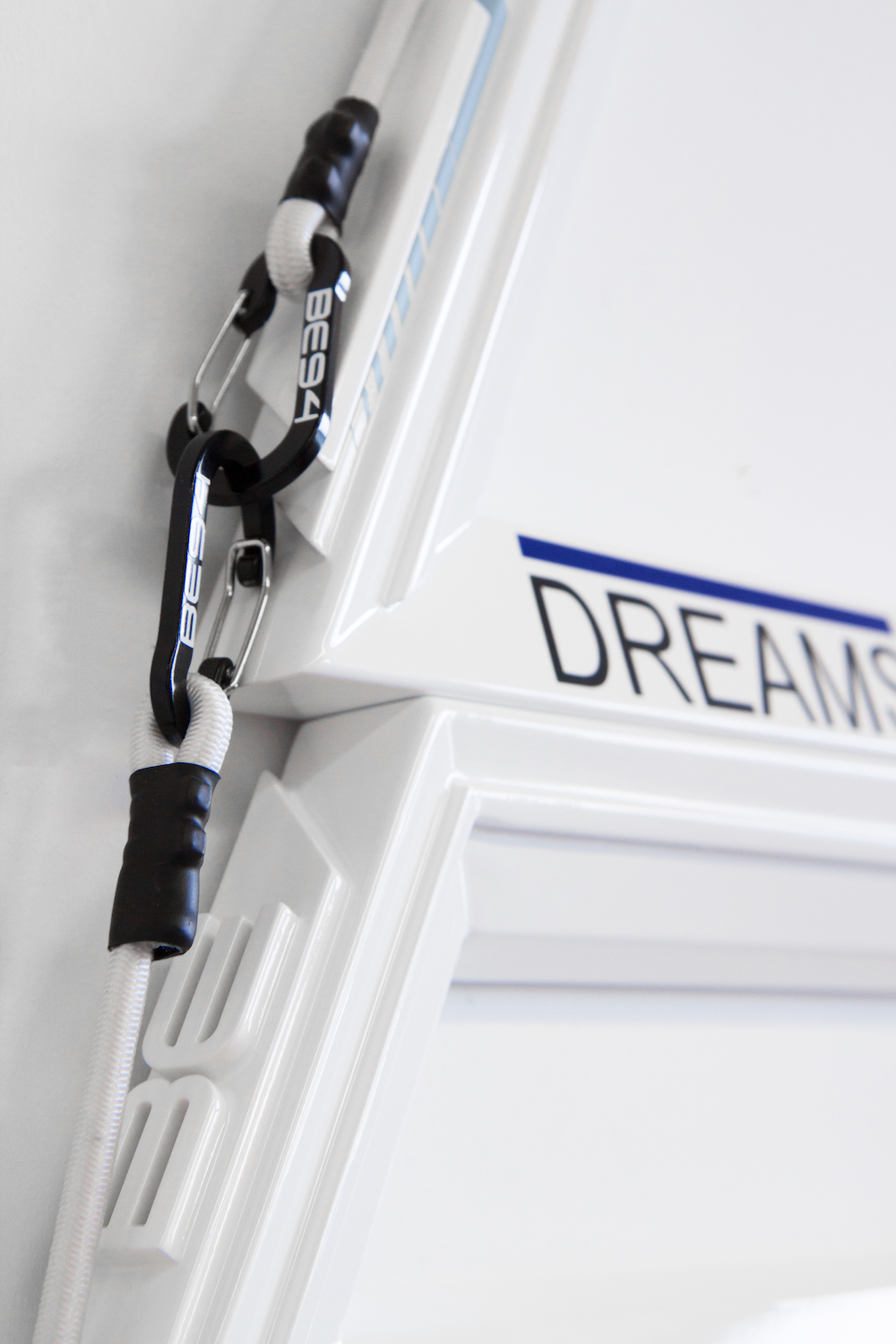
Aspirational Equipment (DREAMS), detail (2019)
Gloss paint and vinyl decals on wood
40 x 55.5 cm
Courtesy of the artist and Choi & Lager Gallery, London/Cologne/Seoul
What messages do you hope people can take home from your work?
It’s a tricky one when you make minimal paintings like mine as people will always approach it from a different angle and I’m OK with that. But I would at least hope they’d have some sort of existential crisis.
What piece of work are you particularly proud of and why?
I recently made a glossy black ladder for an art fair in London. It’s actually a maquette for an outlandish new project to make the world’s longest ladder (50 metres), but at 2.5 metres it was really much easier to fit in the booth. I’m excited about it because it takes the idea of artwork as Aspirational Equipment one step further. This one literally is a tool but with such a delicate paint job you could never climb it. The paintings can be quite mysterious, but this ladder is super direct. It’s a tool for climbing set in an art fair. On one side of it reads Happiness and on the other Everything you ever wanted.
Where do you hope to take your career in the future?
Into the future.

